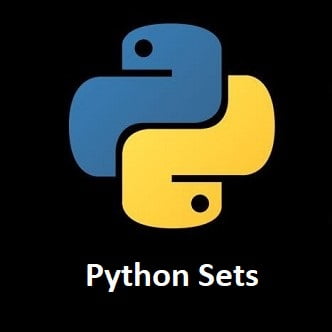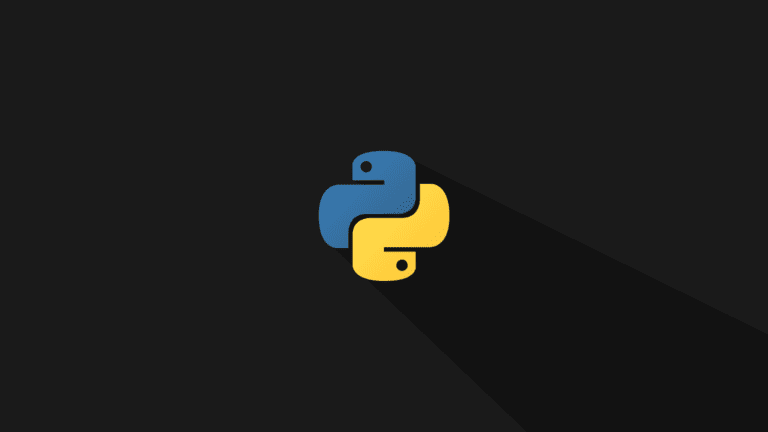
Mastering Python Sets: A Guide to Efficient Data Handling
Welcome to the world of Python! Efficient data handling is a cornerstone of writing clean and effective Python code. Among Python’s built-in data structures, sets often go unnoticed, but they offer a unique set of capabilities that can streamline your code and enhance performance.
Here’s a basic introduction to Python sets:
What are Sets in Python?
Sets are a fundamental data structure used to store collections of unique elements. Sets are unordered, mutable (can be changed), and iterable (you can loop through their elements). They are useful when you need to work with a collection of items and ensure that each item appears only once.
Sets vs Other Data Structures
The key difference between sets and other data structures in Python lies in their properties, behavior, and use cases.
Here’s a breakdown of the main differences:
Sets vs. Lists
- Uniqueness: A set only stores unique elements, while a list can contain duplicates.
- Order: Sets are unordered collections, meaning the order in which you add elements is not maintained. Lists, on the other hand, are ordered.
- Mutability: Both sets and lists are mutable, meaning you can add or remove elements, but the operations differ (e.g.,
append()for lists vs.add()for sets). - Performance: Set operations (like membership tests,
in) are generally faster than lists because sets are implemented using hash tables. Lists require linear time for membership checks (O(n)), while sets can do it in constant time (O(1)).
Sets vs. Tuples
- Uniqueness: Like lists, tuples can contain duplicates, while sets cannot.
- Mutability: Sets are mutable, allowing you to add and remove elements. Tuples, however, are immutable—once created, they cannot be changed.
- Order: Tuples maintain the order of elements, while sets do not.
- Use Case: Tuples are often used for fixed collections of items (like coordinates or records), while sets are used when uniqueness and fast lookups are needed.
Sets vs. Dictionaries
- Structure: Sets and dictionaries are both implemented as hash tables. However, dictionaries store key-value pairs, whereas sets store only values.
- Uniqueness: Dictionary keys must be unique, much like the elements of a set. However, dictionary values do not have to be unique.
- Mutability: Both sets and dictionaries are mutable, but the way they store data differs: sets store only unique values, while dictionaries associate each unique key with a value.
Sets vs. Frozensets
- Mutability: The main difference is that a frozenset is immutable, meaning you cannot add or remove elements once it’s created, while a regular set is mutable. This makes frozensets hashable, allowing them to be used as dictionary keys or elements of other sets.
- Use Case: Frozensets are typically used when you need an immutable, unordered collection of unique elements, much like an immutable version of a set.
Each of these structures has its own strengths and weaknesses, making them ideal for different use cases depending on whether you need ordering, mutability, or fast membership testing.
Creating Sets
You can create a set using curly braces {} or by using the set() constructor.
Here are some examples:
# Using curly braces
my_set = {1, 2, 3}
# Using the set() constructor
another_set = set([4, 5, 6])Note that if you try to create a set with duplicate elements, duplicates will be automatically removed.
Adding Elements
You can add elements to a set using the add() method:
my_set.add(4)
Removing Elements
You can remove elements from a set using the remove() method. If the element does not exist in the set, it raises a KeyError. To avoid this, you can use the discard() method, which removes the element if it exists and does nothing if it doesn’t:
my_set.remove(2)
my_set.discard(10) # No error if 10 is not in the set
Basic Set Operations
Sets support various set operations like union, intersection, difference, and symmetric difference. You can use operators (|, &, -, ^) or methods (union(), intersection(), difference(), symmetric_difference()) for these operations:
set1 = {1, 2, 3}
set2 = {3, 4, 5}
union_set = set1 | set2 # or set1.union(set2)
intersection_set = set1 & set2 # or set1.intersection(set2)
difference_set = set1 - set2 # or set1.difference(set2)
symmetric_difference_set = set1 ^ set2 # or set1.symmetric_difference(set2)
Iterating Over Sets
You can iterate over the elements of a set using a for loop:
my_set = {1, 2, 3}
for item in my_set:
print(item)Membership Testing
You can check if an element is present in a set using the in keyword:
if 2 in my_set:
print("2 is in the set")Checking the Size of a Set
You can find the number of elements in a set using the len() function:
size = len(my_set)
Frozen Sets
Python also provides a frozenset type, which is an immutable version of a set. You cannot add or remove elements from a frozenset once it’s created. It’s useful as a dictionary key because it’s hashable.
fs = frozenset([1, 2, 3])
Conclusion
Python sets are particularly useful when you need to work with collections of items where uniqueness matters, like removing duplicates from a list or performing set operations. They provide a convenient way to work with such data efficiently.
That’s All Folks!
You can explore more of our Python guides here: Python Guides





